
To enjoy nature, you don’t have to leave Bucharest for the mountains, the delta or the countryside. There are three fantastic places in the capital where nature is still at home. These are the Văcărești Delta Natural Park, the Băneasa Forest and the Glass Factory Park. Vegetation has won the battle with concrete, and even in an hour’s walk you can see dozens of species of birds and animals.
Văcărești Nature Park it is located on the site of the former Văcăreşti Lake, in the territory of Sector 4, between Calea Văcărești, Oltenitei Road, Vitan-Bârzești Road and Independence Splai. Efforts to turn the area into a nature park began in 2012, when Helmut Ignat published an article in National Geographic about the “Delta Between Quarters” and presented impressive images of the site. In 2016, the area acquired the status of a natural park and nature reserve.

According to the information provided by the Association of Natural Parks of Bucharest, the Vacareşti Natural Park is home to about 100 species of birds, more than half of which are protected. Among them are red duck, heron, white heron, white heron, cormorant, common hen.
Also, 6-7 species of mammals (otter, fox, weasel, muskrat), amphibians and reptiles live here.
During the warm season, almost every weekend, the park administration organizes bird-watching tours, performances and workshops for children, yoga classes and environmental workshops. Activities are carried out with common sense, without harming nature.
Apart from these activities, a one-hour walk around this place takes you away from the city noise and scenery. It is incredible how a piece of wild nature has been preserved in the city.
Baneas forest it is the only urban forest of the capital. Despite the huge pressure on real estate in the area, this great place is still holding on. The Băneasa forest is one of the lungs of the city, home to more than 100 species of birds and dozens of other animals, say experts from the Văcărești Natural Park Association, who, together with the authorities, are looking for ways to preserve the forest.
“Did you know that without the 1,260 hectares of Baneas forest, the air in the capital would be more polluted? Forest vegetation traps polluting particles, produces oxygen and returns a significant amount of water to the soil. In summer, the forest also plays an important role in regulating the temperature in the area. In winter, Băneasa protects the surrounding area from blizzards and helps balance low temperatures.
From a natural point of view, the territory is characterized by a great variety of species. In the bushes, hedges and young trees of the forest, we can still hear and meet the oriental toad (Hyla orientalis) together with its other “friends”: the red wood frog, the red toad, the field toad. And more than 100 species of birds”, – wrote the representatives of the Association of the Nature Park Vakerest on their Facebook page.
Baneas Forest is great for walking, cycling, running, and in winter it’s one of the few places where the snow stays a little longer and the kids can go sledding.
Glass factory park it is an old park that has been neglected for over 30 years and has turned into a huge landfill. In October 2021, the park reopened after the City Hall of Sector 2 carried out cleaning and minor modernization work there.
The park is atypical, it does not have children’s or sports grounds, concrete paths or cobblestones, but nature is at home here. It’s like a minimally landscaped urban forest.
Nature lovers can see here cormorants, titmice, pond hens, grebes, water snakes, egrets, egrets, woodpeckers, and even a colony of small Alexander’s parrots. Autumn here is more beautiful than ever (without being subjective).
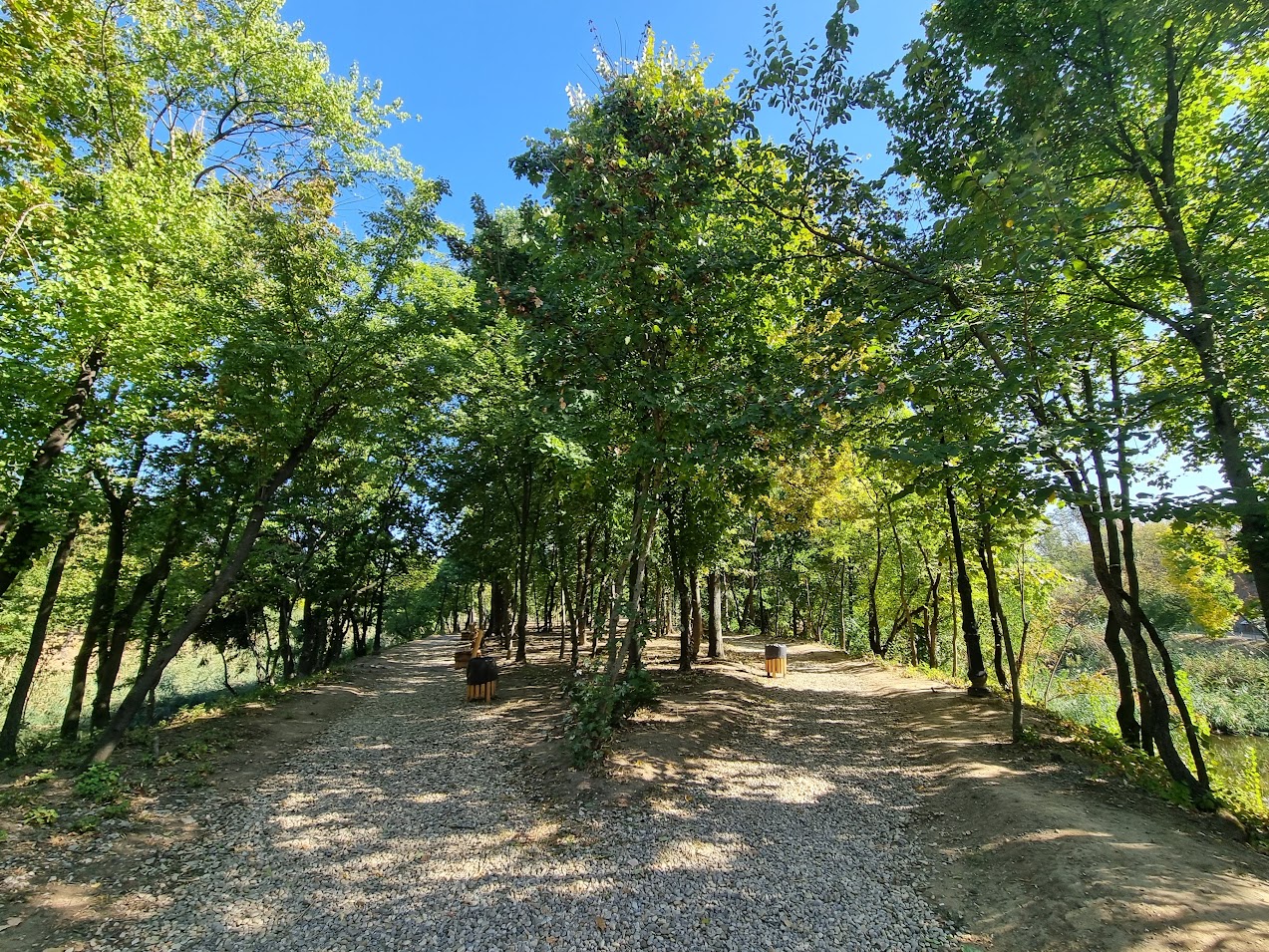
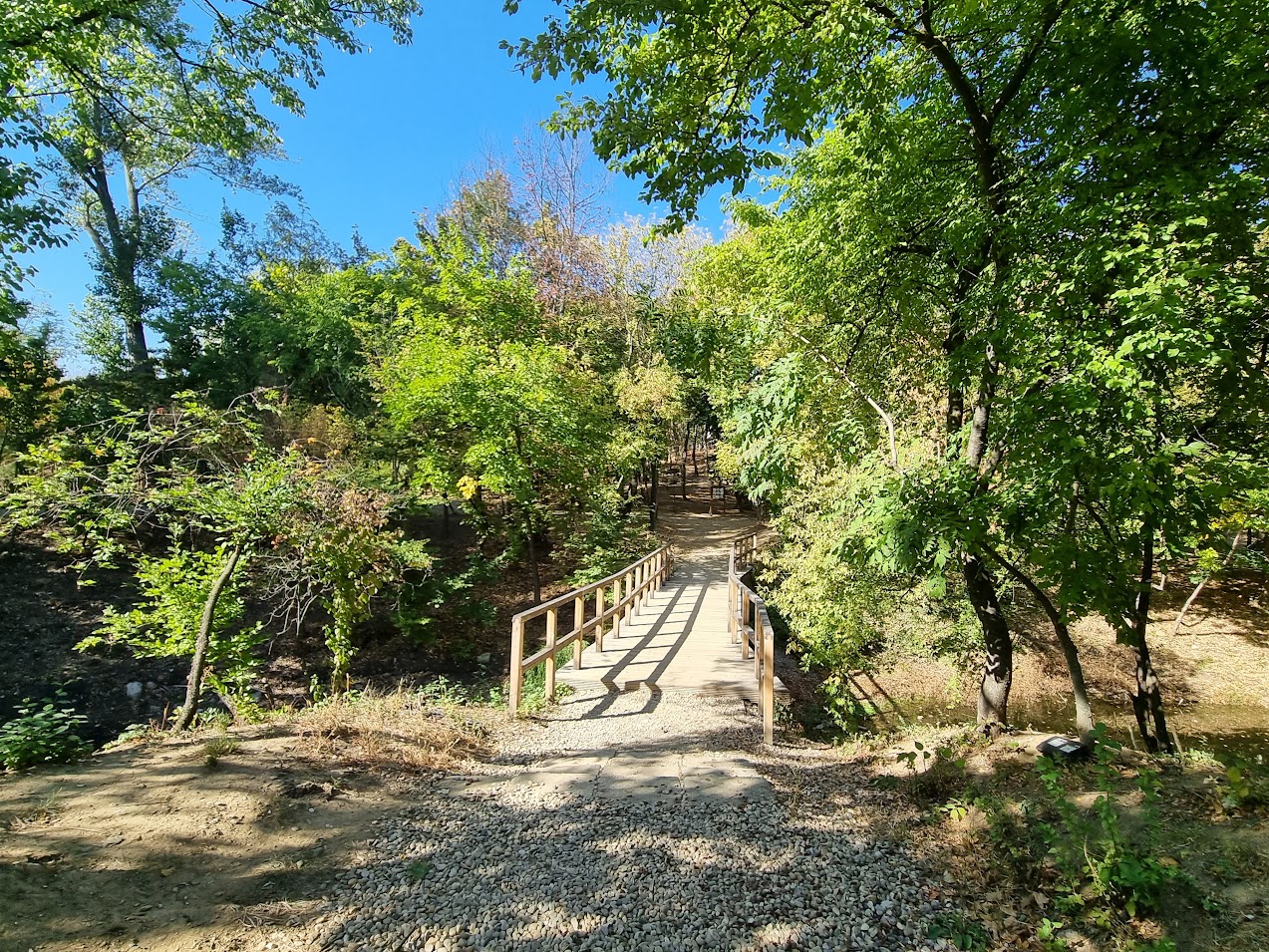
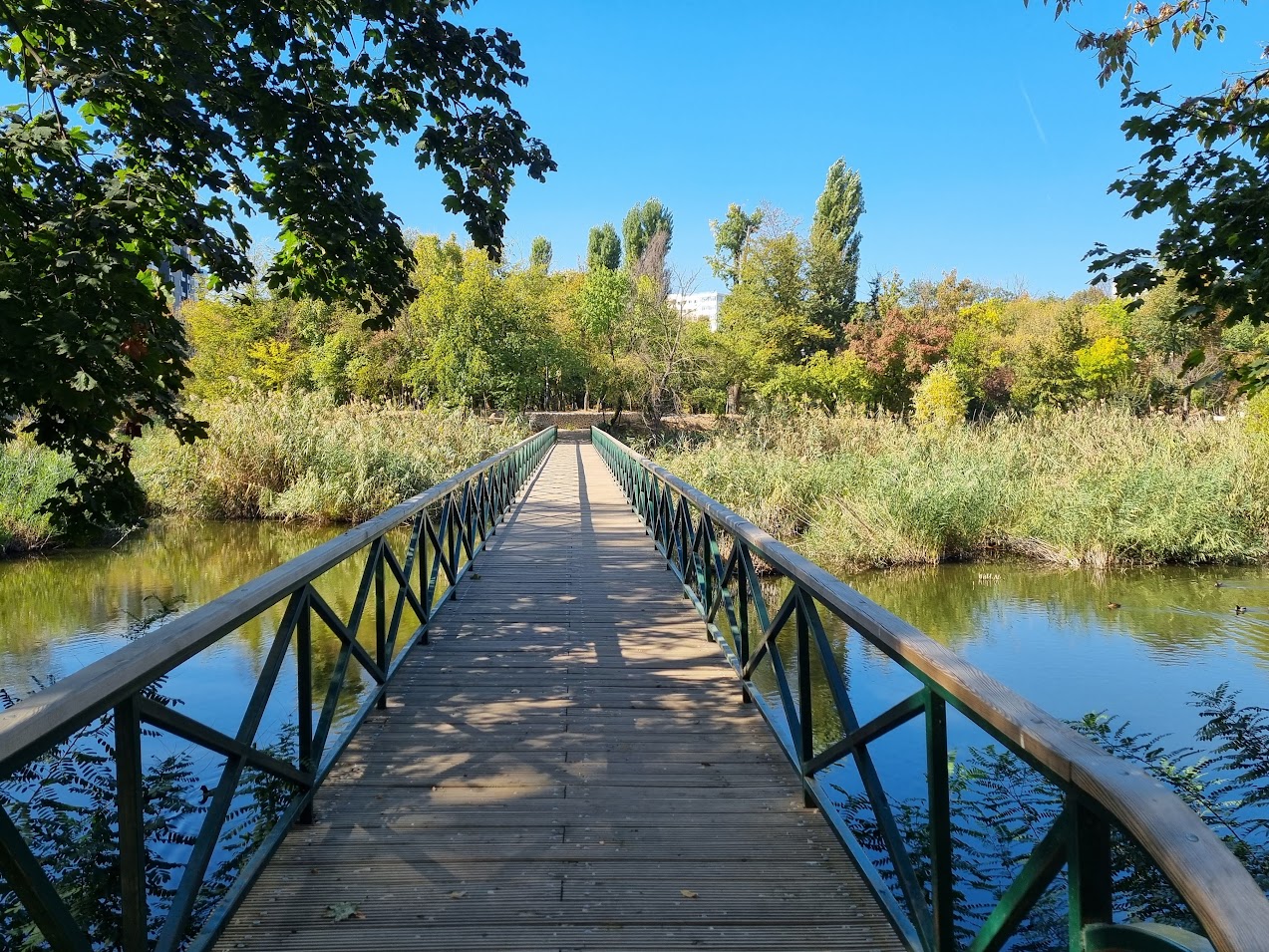

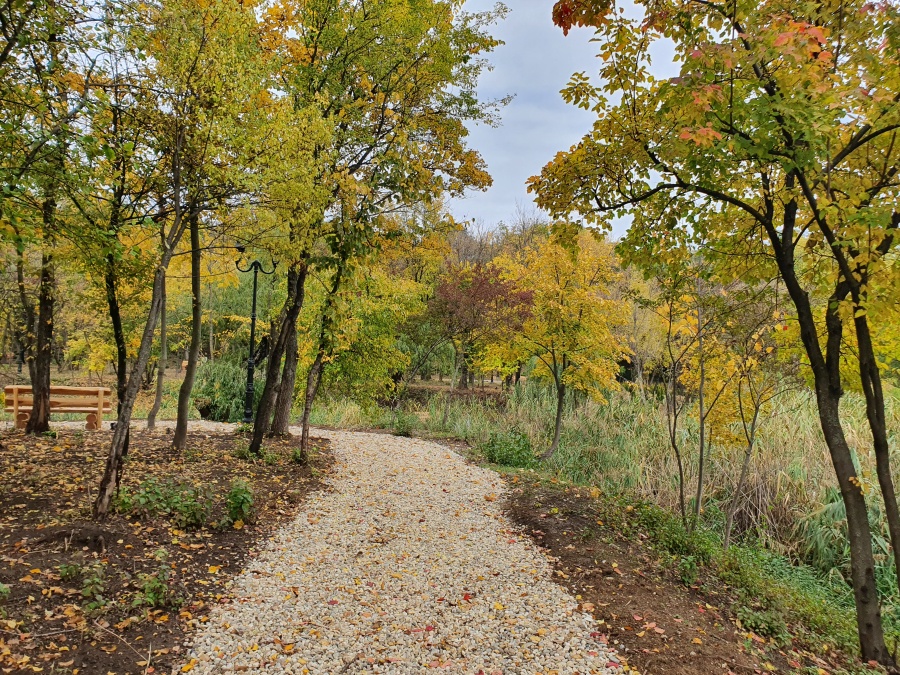
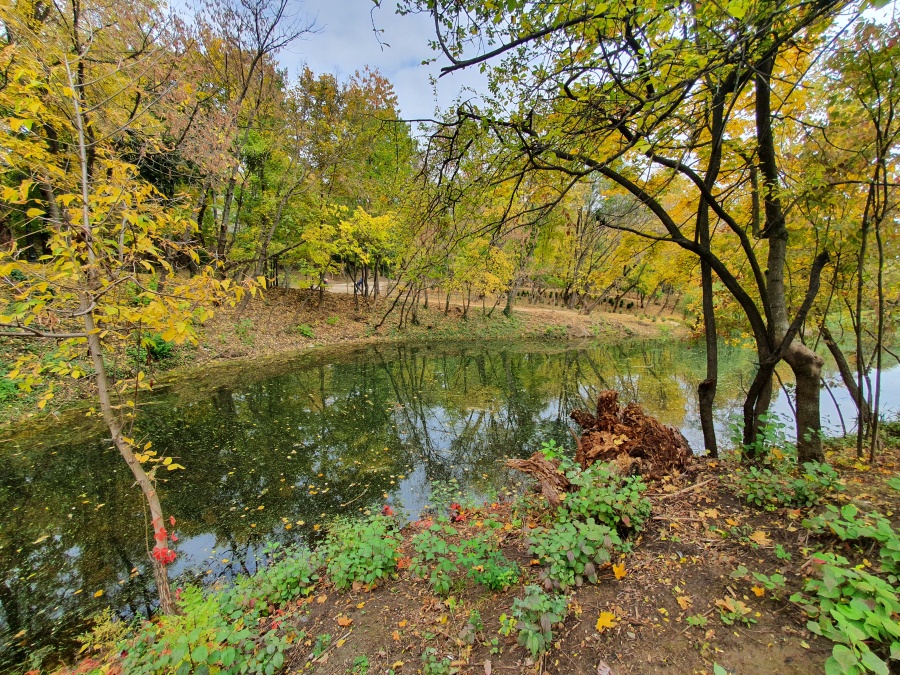

Source: Hot News
Ashley Bailey is a talented author and journalist known for her writing on trending topics. Currently working at 247 news reel, she brings readers fresh perspectives on current issues. With her well-researched and thought-provoking articles, she captures the zeitgeist and stays ahead of the latest trends. Ashley’s writing is a must-read for anyone interested in staying up-to-date with the latest developments.